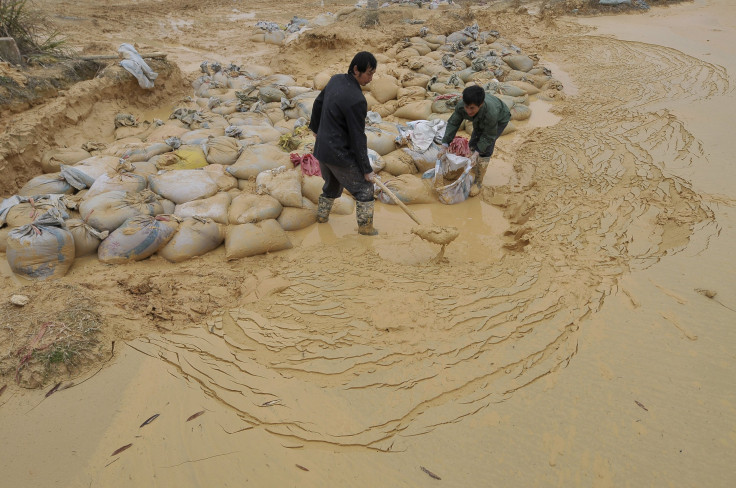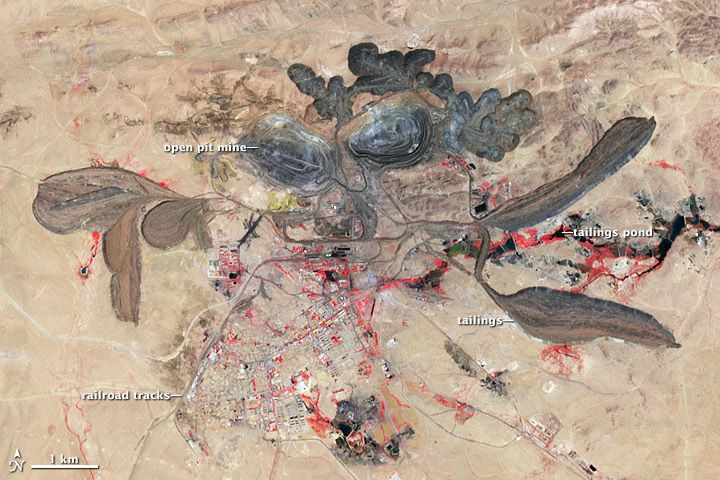WTO Dismisses China’s Environmental Defense For Limiting Exports Of Rare Earth Elements

The World Trade Organization (WTO) slapped down China’s restriction on rare earth element exports as a phony environmental ruse that actually gives the nation's domestic industries an unfair price advantage. The issue had been percolating for years amid a spike in demand for rare earths from the makers of high-tech products, including smartphones, aircraft engines and most electric and hybrid cars.
Now, the WTO’s Appellate Body has sided with the U.S., the EU and Japan, which lodged a formal complaint against China in 2012. The WTO’s final ruling says China must drop its export tariffs and quotas within a reasonable amount of time or face punitive retaliatory tariff measures.
If China complies it would help lower the cost and increase the supply of the key elements used in the tech, automotive, aerospace and defense industries.
“The difficulty with China's contention is that export restrictions generally do not internalize the social environmental costs of EPRs' [Energy-intensive, highly polluting, resource-based products] production in the domestic economy,” the decision dated Aug. 7 stated (pdf). “This is because export restrictions reduce the domestic price of EPRs and therefore they stimulate, instead of reducing, further consumption of polluting EPR products.”
China extracts more than 80 percent of the world’s rare earth elements, mainly from the environmentally wrecked Bayan Obo Mining District in Inner Mongolia, the world’s largest single rare earths source.

The organization’s appellate body said China agreed to remove export tariffs and quotas after it joined the WTO in 2001, and that it can’t use environmental justifications for throttling exports of a mineral resource that it continues to extract.
According to the Industrial Minerals Company of Australia (IMCOA), China is expected to increase output of rare earths to 130,000 metric tons annually by 2016, up from 105,000 tons in 2011. Global demand for the elements stood at about 136,000 metric tons in 2010. In 2013, China had an export quota of 93,800 metric tons, keeping roughly 20 percent of its output that year for its domestically-based manufacturers.
© Copyright IBTimes 2024. All rights reserved.





















